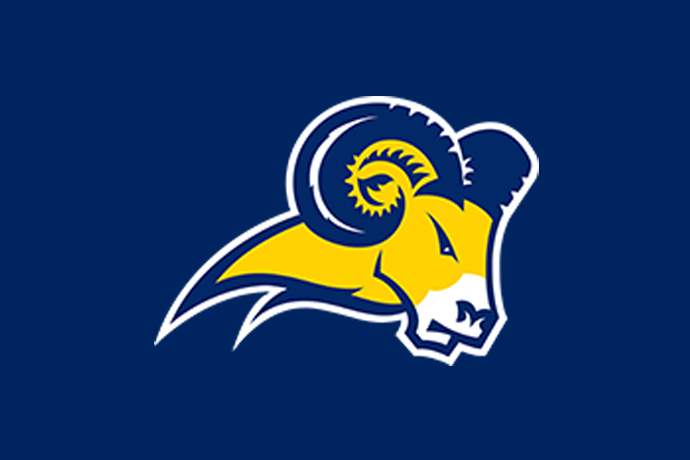I remember my first fall football camp at Kansas, walking into the locker room after our first session of position meetings and everyone was carrying their giant 3-ring binder that contained a couple hundred pages of plays, notes and terminology for that season’s scheme.
My locker was with all of the quarterbacks, and I specifically remember one of the quarterbacks flipping through page after page and saying, “How am I going to absorb all of this?”
This experience lead me to begin developing an interactive playbook and e-learning platform that was better suited to reach today’s athlete. During this process, I quickly learned that this problem was not specific to football.
I had classes with a few guys on the basketball team, and it was clear that they felt the same way. The vision behind taking Just Play into other sports originated from a basketball player who saw huge opportunity in helping coaches better connect with players in a digital way. All of the challenges I was seeing on the field applied to the field house as well.
For some of us, seeing the plays drawn out was effective, but some of my teammates didn’t understand it until we did a walk-through during practice or installed it during a meeting. It became pretty obvious: Whether you’re a student, athlete, accountant or a carpenter, different people learn in different ways.
Learning how we learn
I remember reading about Neil Fleming, an educational theorist, who, in 1987, spearheaded a study to uncover the reason for this difference in learning styles. He discovered there’s actually seven different styles of learners: visual, physical, aural, verbal, logical, social and solitary. It’s pretty simple if you think about it: If all of our brains function differently, there’s no way we all retain information in the same way.
Once the theory was introduced, educators were desperate to find a way to transform this theory into their classrooms. Like many solutions these days, the answer came in the form of new technology. My friends who went to other schools told me how one day the chalkboards, whiteboards and televisions in their classrooms were suddenly replaced with a giant glowing white screen with four little markers attached. Known as the SMART Board, this interactive whiteboard was introduced in the late 1990s and has been growing in popularity ever since.
The new tech allowed teachers to write notes, draw charts, use the internet, write on documents, show movies and more—all within one lesson. Its most important capability is that it presents an effective way to teach the same information in several different ways in order to cater to various learning styles.
Other types of teaching are also proving effective. Consider these stats:
- A recent study found that 70 percent of students reported a higher level of motivation to learn when using a mobile device as part of their lesson.
- 89 percent of high school students say learning is more fun when they can use tablets as part of the process.
- Medical students at the University of California Irvine with iPads achieved 23 percent higher scores on their national exams than those without.
- 83 percent of students understood more of the lesson when being taught with a SMART Board.
Alan Siegel, a California Teacher of the Year winner who performed a case study on the SMART Board, had this to say after using it:
“A successful teacher has many weapons in his arsenal. SMART Boards are a way to bring these assets together in a seamless and extremely interesting multimedia way, where lesson design is limited only by the imagination of the teacher.”
What really strikes me about his quote is that it reveals the parallel between coaching and teaching. Just like teachers, coaches need to have “weapons in their arsenal” to shape the minds and abilities of the kids they’re training. Bo Hanson, a four-time Olympian-turned-coaching-expert, studies different ways coaches can impact athletes. He agrees that it all comes down to finding new ways to reach your players:
“Being able to adjust how you ‘teach’ to suit the individual needs of your athletes is a hallmark of great coaching. When coaches adapt their ’teaching,’ it comes down to adapting to the different ’learning styles’ of their athletes.”
A brave new world of sports
I really believe the best athletes are students of the game. With the better understanding of how technology can help students learn and as technology becomes easier to implement, there is endless potential that technology can have in the world of sports.
When it all comes down to it, great coaching is what makes great athletes. Developing recruits is just as important as landing the top ones. The coaches who are willing to use all of the tools at their disposal will truly unleash their team’s potential—and really see their players excel in this new, exciting, technology-driven world.
I’m excited to witness the success of coaches who embrace the next evolution of teaching.
Technology is revolutionizing the way coaches and players interact. As founder of Just Play Sports Solutions, Austin Barone is dedicated to providing teams with the tech they need to teach plays faster and prepare for games better. Share your thoughts with us on Facebook or Twitter. To learn more about Just Play visit us at www.justplaysolutions.com.








